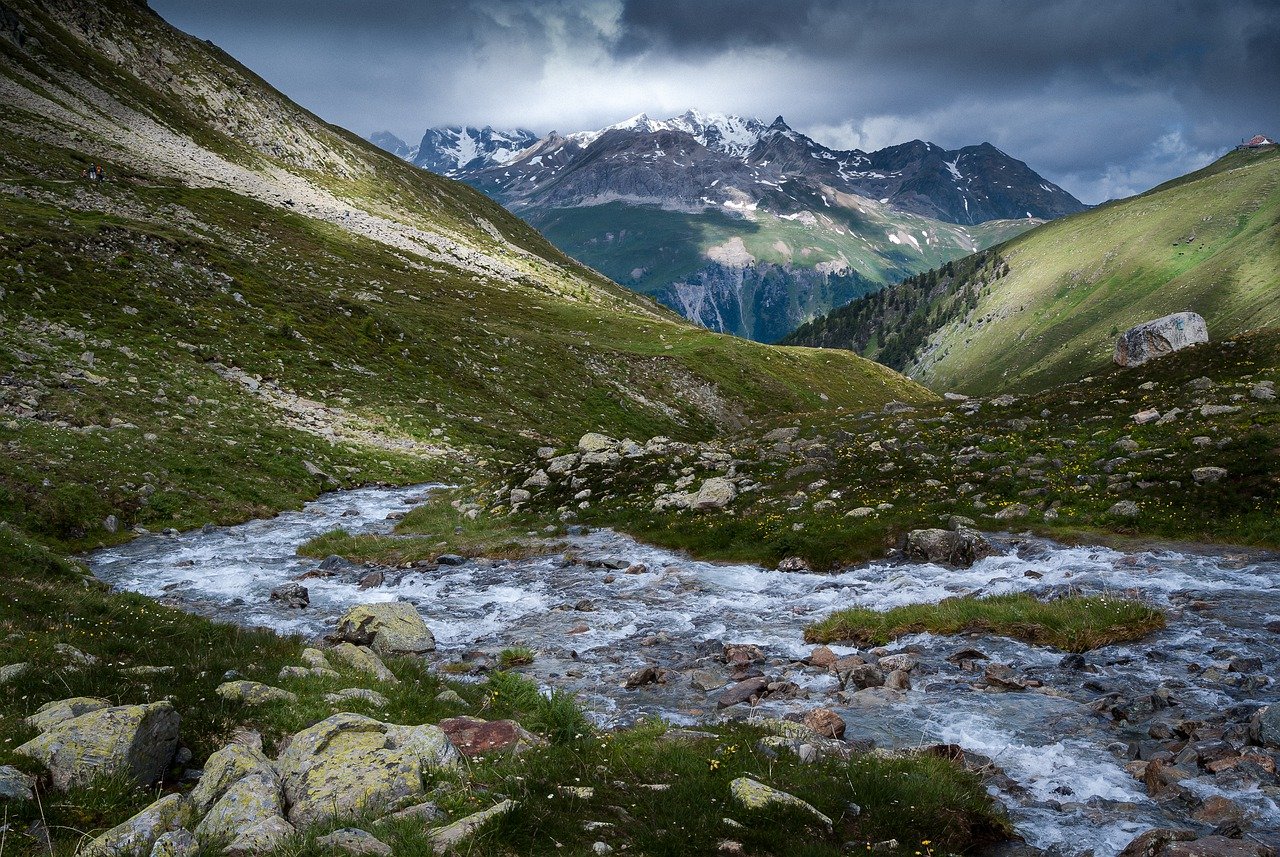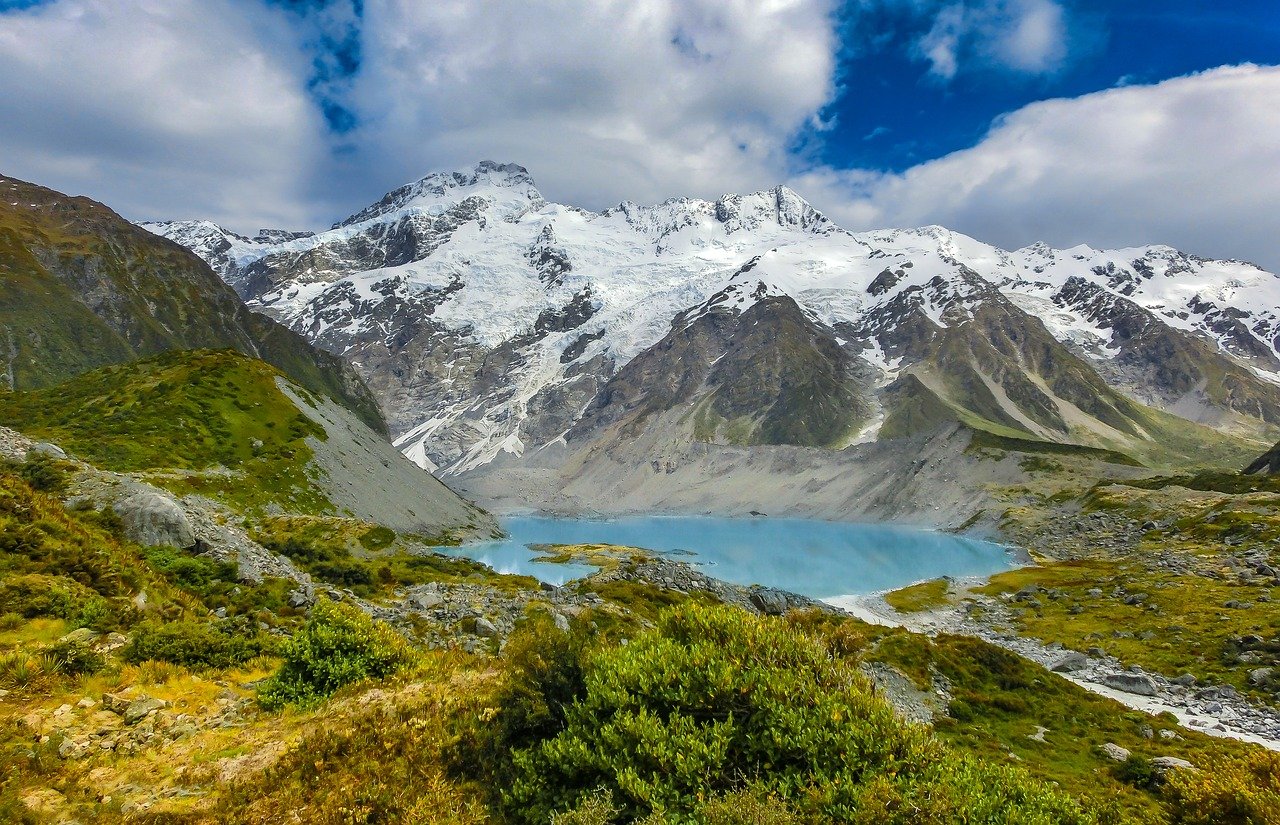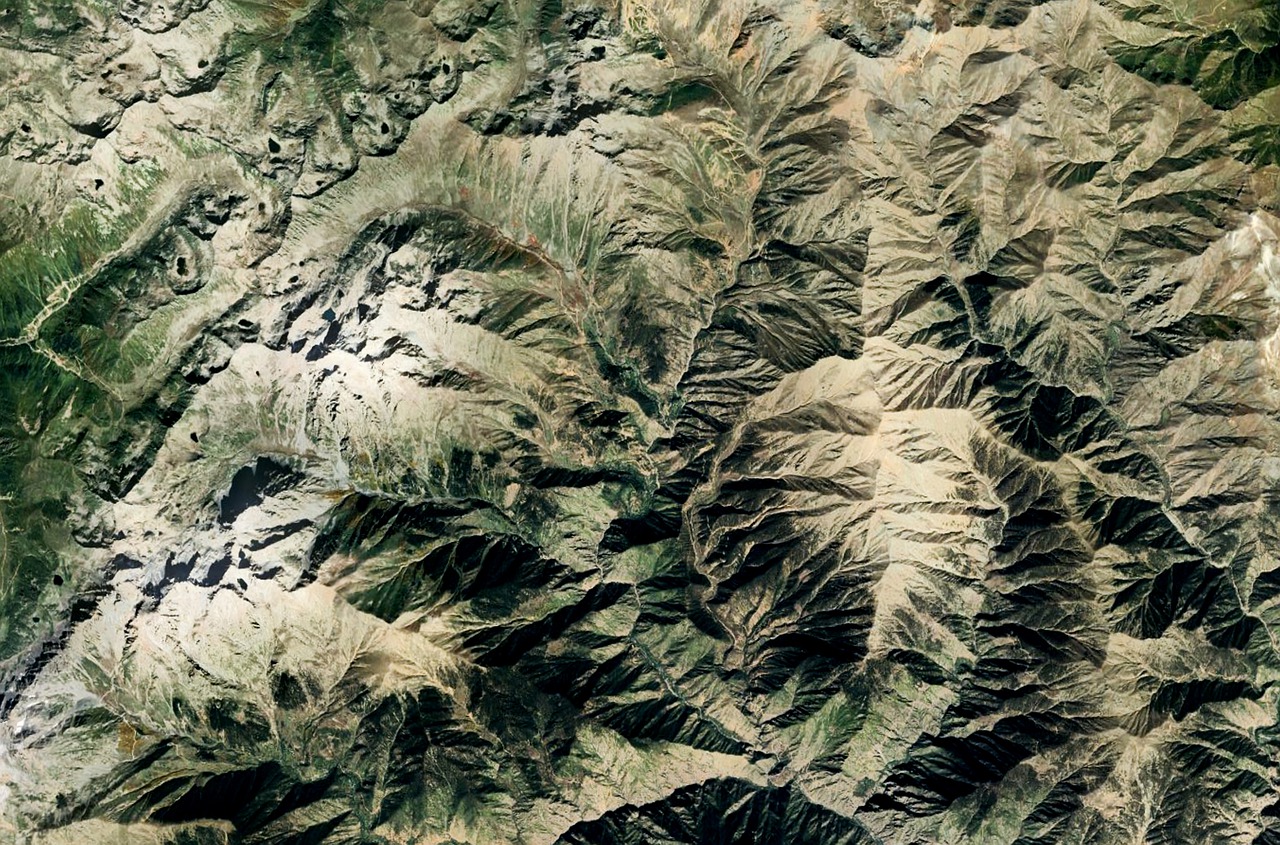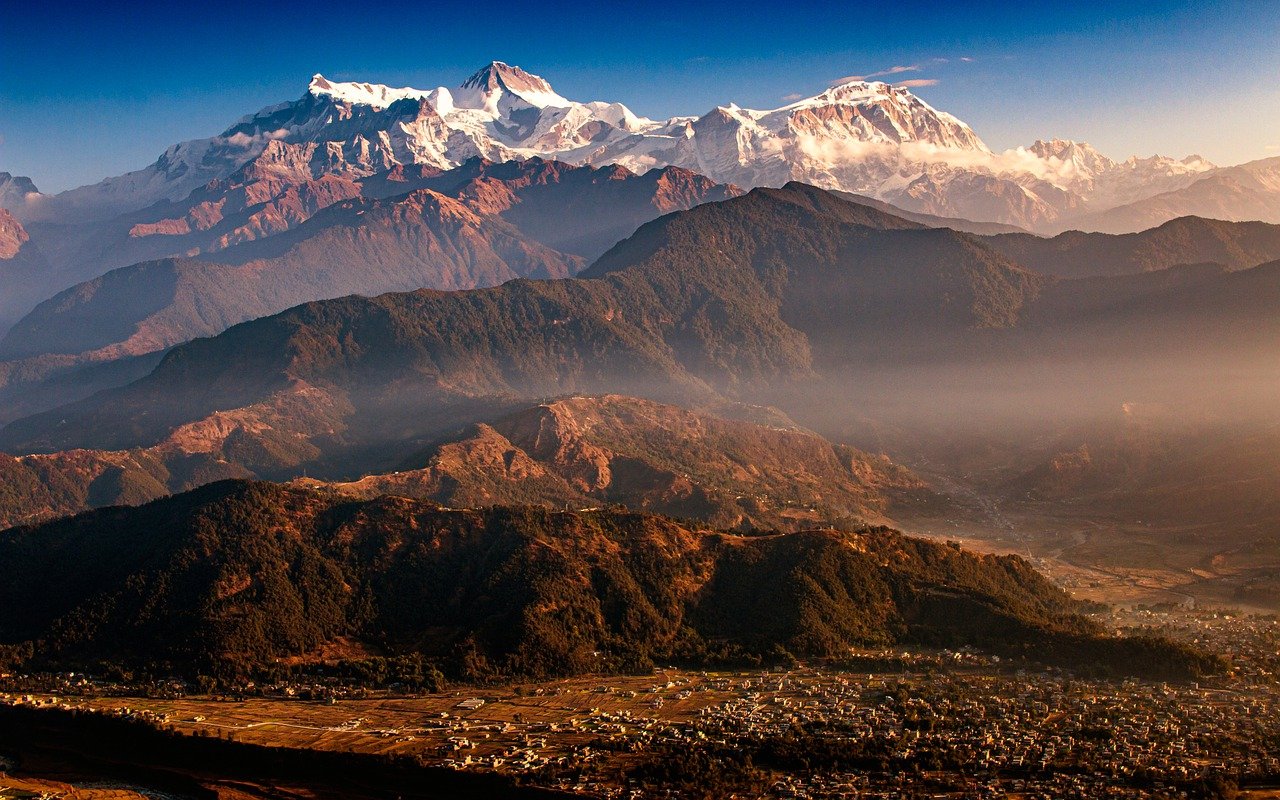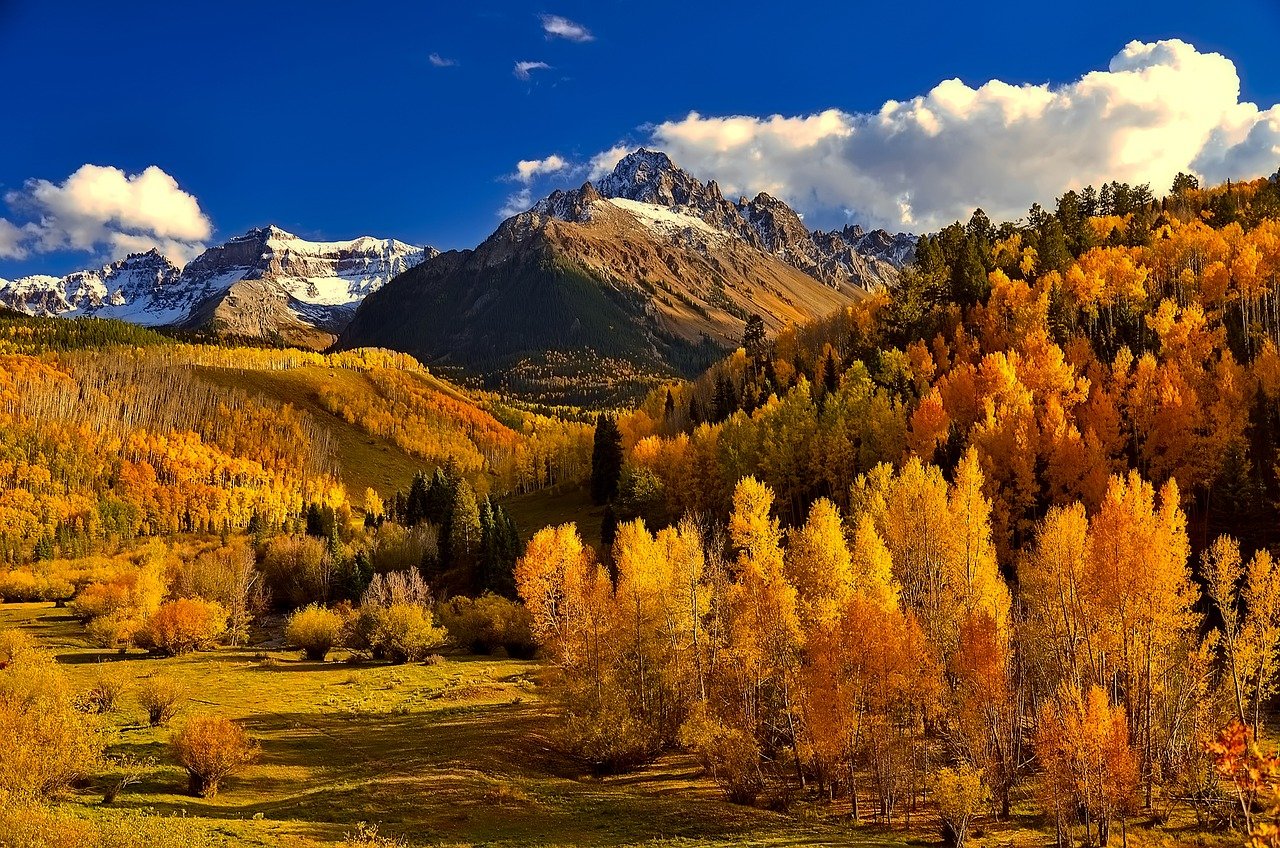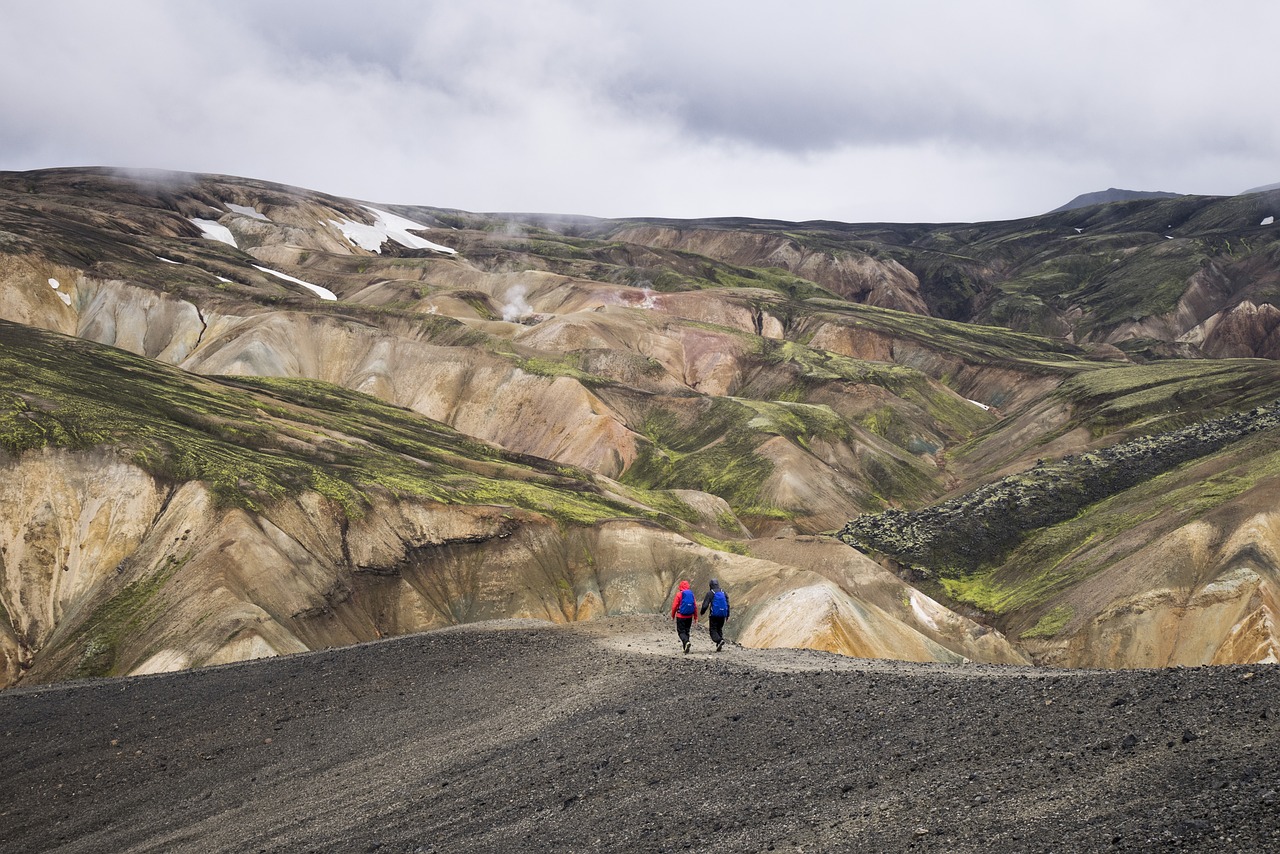Global News
- Details
- Category: Global News
In the first of a series of videos produced as part of the Global Change in Mountain Ecosystems (GloMEc) project, Prof. Dirk S. Schmeller, Axa Chair for Functional Mountain Ecology at ENSAT, discusses the impact of human activities on mountains and the many and varied species living in them.
Mountains – A Fragile Source of Life is a new short video series that aims to delve into different aspects of mountains and why they are important for human society. It will look at threats such as climate change and pollution, as well as the functioning of mountain freshwater ecosystems and the importance of microbiomes, among other topics.
- Details
- Category: Global News
Meltwater lakes that form at glacier margins cause ice to recede much further and faster compared to glaciers that terminate on land, according to a new study.
But the effects of these glacial lakes are not represented in current ice loss models, warn the study authors. Therefore, estimates of recession rates and ice mass loss from lake-terminating glaciers in the coming decades are likely to be underestimated.
- Details
- Category: Global News
ESA is pleased to announce the upcoming ESA–EGU Earth Observation Excellence Award.
Deadline to submit nominations is 2 November 2020.
- Details
- Category: Global News
Dust blowing onto high mountains in the western Himalayas is a bigger factor than previously thought in hastening the melting of snow there, researchers show in a study published Oct. 5 in Nature Climate Change.
That’s because dust— lots of it in the Himalayas— absorbs sunlight, heating the snow that surrounds it.
“It turns out that dust blowing hundreds of miles from parts of Africa and Asia and landing at very high elevations has a broad impact on the snow cycle in a region that is home to one of the largest masses of snow and ice on Earth,” said Yun Qian, atmospheric scientist at the U.S. Department of Energy’s Pacific Northwest National Laboratory.
Conservationists May Be Forced to Relocate Cold-Loving Butterflies Over Next 50 Years, Study Reveals
- Details
- Category: Global News
Some of Europe’s native butterflies may have to be moved to colder climes if they are to survive global warming, a new study suggests.
The University of York study tracked the impact of changes in climate on the genetic diversity of the mountain ringlet butterfly over the 21,000 years since the last ice age. The study suggests that future conservationists may have to evacuate some populations of butterflies to cooler habitats, higher up in mountains or further north in places including Scotland, Scandinavia, and the Alps.
- Details
- Category: Global News
Welcome to our October 2020 round-up of new publications! This list, updated each week, contains articles relevant to mountain research that you won't want to miss this month.
Is there an article that the mountain research community should know about? This email address is being protected from spambots. You need JavaScript enabled to view it.
- Details
- Category: Global News
Future Earth is an international platform for research, innovation, and collaboration, working to accelerate transformations to a sustainable world. Among its many functions and activities, it also fosters strategic partnerships with international organizations that support this mission, such as the Mountain Research Initiative, with whom a Memorandum of Understanding was signed in 2016.
In the below article – originally published on the Future Earth website – the Interim Executive Director of Future Earth, Josh Tewksbury, reflects on Future Earth’s activities in response to global grand challenges, and offers an outlook on what can be expected from the organisation in view of its current leadership and institutional transition. This follows from the recent Future Earth Summit, which took place virtually between 15-17 June 2020, to review the relationship between the Future Earth Secretariat, advisory, and governing structures and the Future Earth community, which includes the MRI. Future Earth has a microsite available, in which regular updates regarding this transition process are published. Take a look here.
- Details
- Category: Global News
The International Science Council (ISC) is seeking nominations for the first edition of the ISC Awards Programme.
The deadline for nominations is 1 February 2021.




